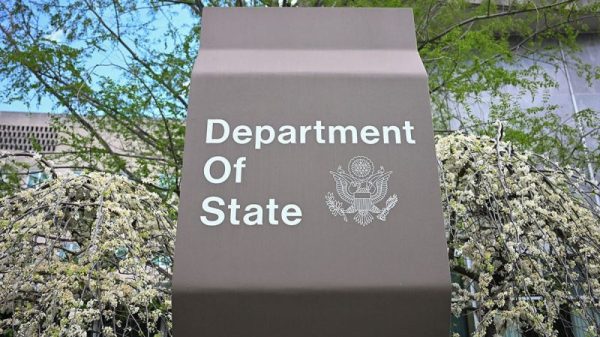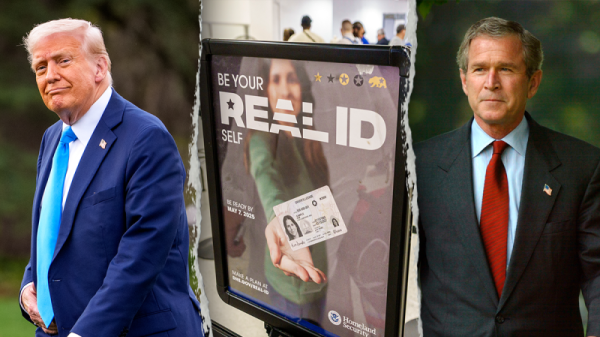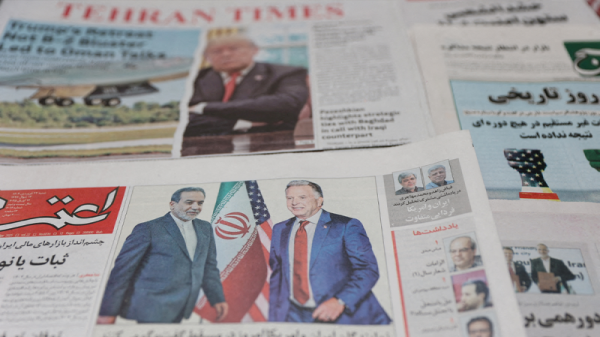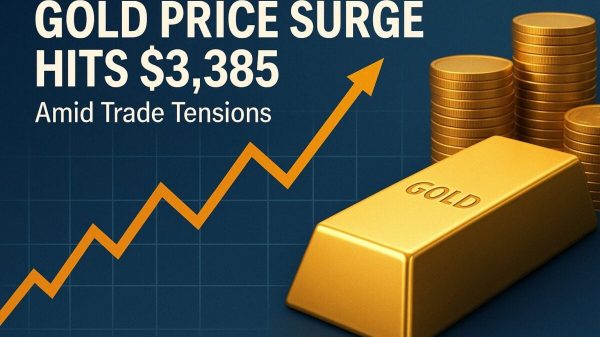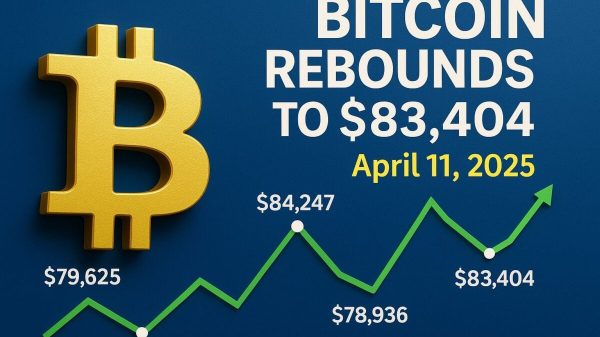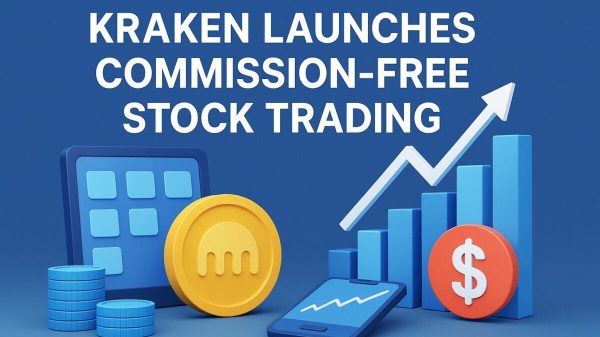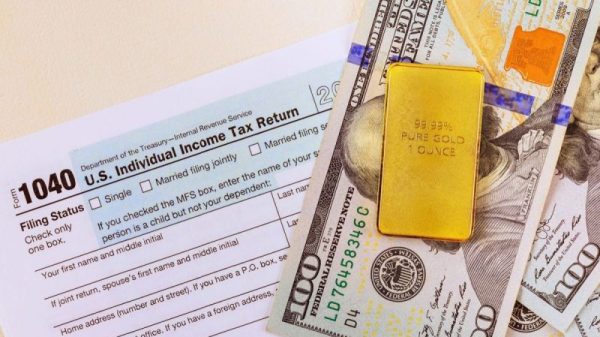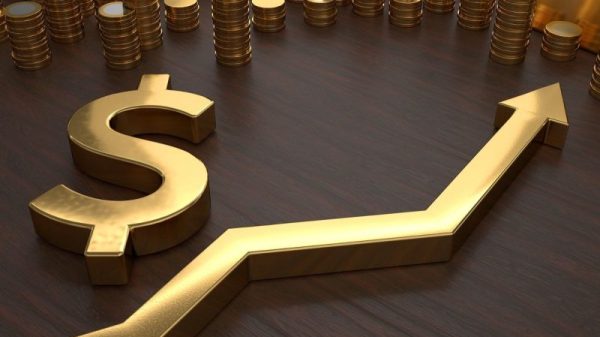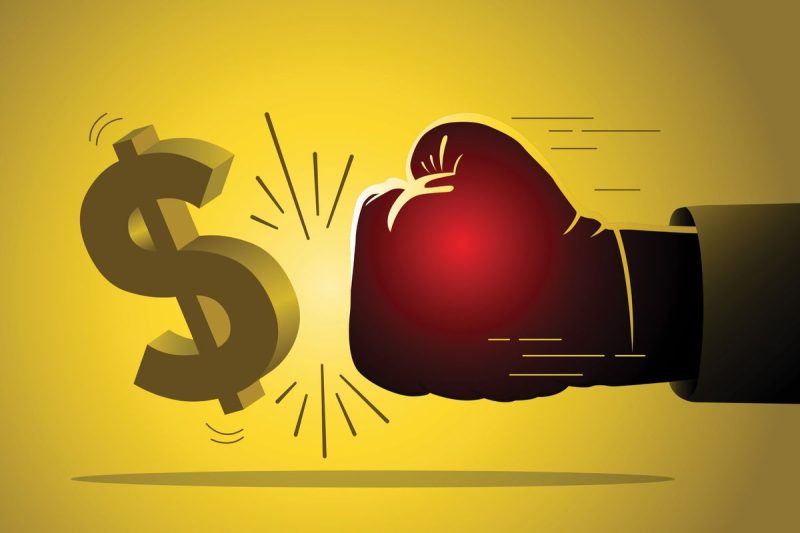There’s been a de-dollarization storm brewing lately in the international finance arena. What is it?
De-dollarization is the process of reducing the dominance of the US dollar in global trade and financing activities. Recent data shows that other currencies are gaining ground, and the US dollar is no longer the alpha currency it once was.
You might be wondering, ‘What’s causing this?’ Well, the rise of non-US economic blocs and increasing political tensions have caused countries to rethink their dependency on the US dollar. For some nations, this has led to strategies to promote regional integration and bilateral relations in an effort to protect against geopolitical risks.
Take Russia, for example. In June 2021, the country announced it was eliminating the US dollar from its National Wealth Fund — in doing so, it has reduced its vulnerability to western sanctions. More recently, the BRICS nations, a group made up of Brazil, Russia, India, China and South Africa, have made headlines for their efforts to set up their own currency.
What does this all mean? Well, stick with us as we delve into the details of de-dollarization.
How did the dollar become the world’s reserve currency?
The US dollar has a storied history, originating in the early days of the US. The US Mint was founded by the Coinage Act of 1792, establishing the dollar as the primary currency unit.
The dollar’s value was initially set relative to gold and silver, and it has since undergone several changes, including adopting the gold standard in 1900. The gold standard was a monetary system in which currencies were tied to an established quantity of gold, facilitating price stability and reducing transaction costs in commerce across borders.
The US adopted the system with the Coinage Act of 1873, which continued until the Great Depression in the 1930s. The Bretton Woods Agreement of 1944 was a pivotal moment in the US dollar’s history, as delegates from 44 countries agreed to peg their currencies to the dollar, which was, in turn, linked to gold. This solidified the US dollar’s position as the primary trading currency.
The US dollar’s rise to prominence as the world’s reserve currency can be attributed to other factors as well. The Federal Reserve Bank was established by the Federal Reserve Act of 1913, which helped maintain price stability in the US dollar.
Additionally, during World War I, the US became the primary lender for many countries looking to buy dollar-denominated US bonds. By the end of World War II, the US had amassed most of the world’s gold reserves, and the Bretton Woods Agreement had solidified the dollar’s position as the international monetary standard.
Despite the eventual end of the Bretton Woods system in the early 1970s, the US dollar has retained its status as the world’s reserve currency. Factors contributing to its dominance include:
the stability of its valuethe size of the US economythe US’ geopolitical influencethe unparalleled market for US debt
Today, the US dollar remains the currency of choice for international trade and reserves, with major commodities like oil primarily bought and sold in US dollars. However, with the recent de-dollarization trend and the emergence of digital currencies, its long-term future as the global reserve currency is uncertain.
What does de-dollarization mean?
De-dollarization involves reducing the US dollar’s dominance in global markets by substituting it as the primary currency for financial transactions, such as trading oil or other commodities, foreign exchange reserves and bilateral trade.
The US dollar’s leading role in the global economy grants the US significant influence over other nations, and the country often uses sanctions as a foreign policy tool. As a result, some countries want to reduce their dependence on the dollar and challenge its dominance to insulate their central banks from geopolitical risks:
As mentioned, one of the groups leading this movement is the BRICS. The five emerging economies in the bloc have been working together on various issues, such as trade, finance and development. The BRICS countries have also been looking for ways to create a new reserve currency that could compete with the dollar.
One example of de-dollarization is the emergence of the petroyuan in response to the longstanding petrodollar system. China, now the world’s top oil importer, has introduced a yuan-denominated oil futures benchmark to stimulate demand for its goods, services and securities, signaling a potential decline for the petrodollar.
Another indication of de-dollarization is the rise in central bank gold buying. Countries like China, Russia and India have been purchasing gold as a means to reduce their dollar holdings. Central banks have purchased more gold in recent years than they have since records began being kept in 1950. This trend highlights a shift in trust from the US dollar to gold as a safer haven, driven in part by the US and its allies’ increasing use of financial sanctions.
‘The rallying cry that’s pulling all of this together is the weaponization of the dollar, and I would also argue the fact that we signed an executive order to go green … we have in essence told the Saudi kingdom and OPEC, who gives us the dollar hegemony by pricing oil in dollars, that we’re going to go green pretty soon, and if you’re on the wrong side of us we’re going to sanction your funds,’ he said.
Watch the full interview with Schectman above.
It’s worth noting that de-dollarization efforts, while offering advantages such as risk diversification, stronger national currencies and reduced vulnerability to US sanctions, also present challenges like transition difficulties, short-term instability and limited global acceptance of alternative currencies.
So while de-dollarization presents both opportunities and challenges for the global economy, businesses, investors and policymakers must understand these implications and adapt to the evolving nature of international trade and finance.
Will the dollar lose its reserve currency status?
Frank Giustra, a well-known Canadian businessman who is co-chair of the International Crisis Group, believes some form of de-dollarization appears inevitable, as in the wake of sanctions against Russia, countries are increasingly considering non-dollar trade agreements and central banks are reducing their dollar reserves.
If the US dollar was to lose its reserve currency status, what could take its place? There are 180 currencies recognized as legal tender in different countries and territories worldwide, and there are other reserve currencies like the euro, Japan’s yen, Britain’s pound and China’s yuan. There are also growing digital currency options.
However, for now the US dollar’s dominance remains clear — the International Monetary Fund states that it makes up 60 percent of foreign exchange reserves worldwide. And even those who are of the opinion that a shift away from the US dollar is inevitable don’t see it happening without major turmoil at a global scale.
‘I don’t think an orderly move from a dollar-based system to another currency or a (system based on a basket of currencies) can be an orderly one,’ explained Alfonso Peccatiello, founder of the Macro Compass.
‘Generally in history such transitions between global reserve currencies have been with big geopolitical tensions — or in other words, with wars. So nobody wants that, but it is historically speaking the prerequisite to move from one currency-based system — the dollar — to another currency-based system.’
Watch the full interview with Peccatiello above.
Giustra has expressed a similar opinion, saying that moves away from the US dollar could provoke inflation in the US, potentially leading to social and economic instability. For that reason, he believes the de-dollarization trend should be viewed by the administration as a matter of national security. He thinks the US should consider being open to dialogue regarding forming a new monetary system, which could potentially be backed by gold or other commodities.
Investor takeaway
De-dollarization is an ongoing trend that marks a shift away from the previously unrivaled US dollar in global trade and finance. Political tensions, the rise of non-US economic blocs and a desire for decreased reliance on the dollar are the driving forces behind this trend. De-dollarization is also playing a key role in prompting countries to pursue regional integration and bilateral relations while protecting against geopolitical risks.
Investors can prepare for a future in which the US dollar’s dominance is less certain by diversifying their portfolios across various currencies and assets, such as gold or cryptocurrencies.
Additionally, learning about alternative payment systems or platforms that bypass the US dollar can open up new markets and services. Remaining open minded about different perspectives and scenarios emerging from de-dollarization will allow greater flexibility and adaptability in a changing financial landscape. By staying informed and flexible, investors can navigate the evolving financial landscape and capitalize on emerging opportunities.
FAQs for de-dollarization
What is de facto dollarization?
There are some countries that don’t officially use the US dollar, but still experience unofficial de facto dollarization, a phenomenon in which residents of a country use a foreign currency, often the US dollar, for day-to-day transactions and for saving in hard currency. According to the International Monetary Fund, most developing countries have a limited form of dollarization. Countries with high levels of de facto dollarization are Argentina, Bolivia, Cambodia, Lebanon, Peru, Uruguay and Zimbabwe.
De facto dollarization is a concern in many developing economies, because it can limit the effectiveness of monetary policy, expose the financial sector to currency risk and increase the country’s vulnerability to external shocks.
Nations with both official and unofficial dollarization are seeing the risks associated with it, and some are looking for alternatives, or at least ways to cushion that risk.
Securities Disclosure: I, Melissa Pistilli, hold no direct investment interest in any company mentioned in this article.

